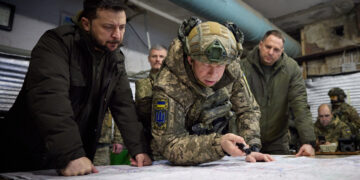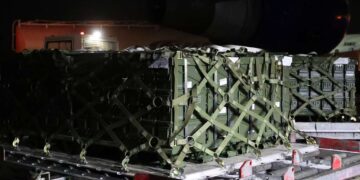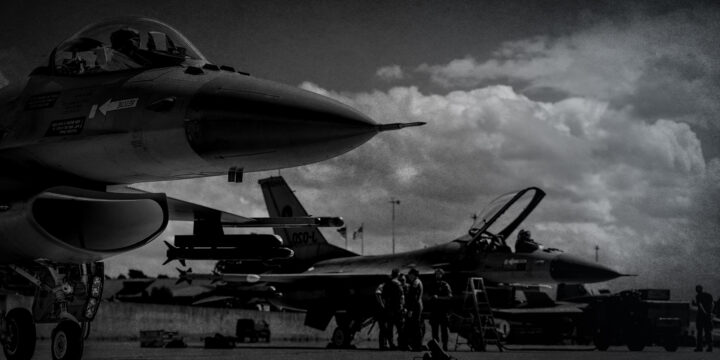July 27, 2023
The NATO–Ukraine situationship

During a November 2019 interview with the Economist, French president Emmanuel Macron had some choice words about the North Atlantic Treaty Organization (NATO). The oldest alliance in history, Macron said, was at risk of imploding because of Turkish malfeasance, the lack of planning between NATO and the United States, its most important member, and a Europe that has been content with outsourcing its security responsibilities to Washington. “What we are currently experiencing is the brain death of NATO,” Macron declared. The words got the entire continent in a tizzy; even Donald Trump, no lover of NATO, scolded Macron for his “very insulting” remark.
Fast-forward three and a half years, and the situation is markedly different. Europe is seeing its worst conflict in almost eight decades. Upwards of 300,000 Russian troops are in Ukraine, trying to fend off a Ukrainian counteroffensive at multiple points along the 600-mile-long front line. Vladimir Putin, the Russian despot who was frequently perceived to be a master strategist and expert opportunist, has exposed himself to be an ordinary man susceptible to poor assumptions, poorer planning, and mutinous mercenaries. NATO, it seems, has awakened from its deep multi-decade slumber. “In December 2019, I had harsh words for NATO,” Macron told a security conference in Slovakia in May. “I could say today that Vladimir Putin has revived it with the worst of electroshocks.”
On the surface, that certainly appears to be the case. Between the fall of the Berlin Wall in 1989 and Russia’s invasion of Ukraine in 2022, NATO was a massive bureaucratic organization in search of a mission. Europe was united and largely at peace, the Soviet Union was no more, and the Russia that emerged from its embers had spent nearly a decade dealing with crime, geopolitical weakness, and economic calamity. The observation of former senator Richard Lugar (R., Ind.) in 1993 that NATO needed to go “out of area or out of business” was taken as gospel in Washington during the 1990s, and nobody in a position of power was contemplating the latter option. With the exception of George Kennan, architect of the U.S. containment policy against the Soviet Union, no one seriously questioned the policy of enlarging NATO into the former Warsaw Pact countries.
More on Europe

Featuring Jennifer Kavanagh
July 14, 2025

Featuring Dan Caldwell
July 13, 2025
Events on NATO







